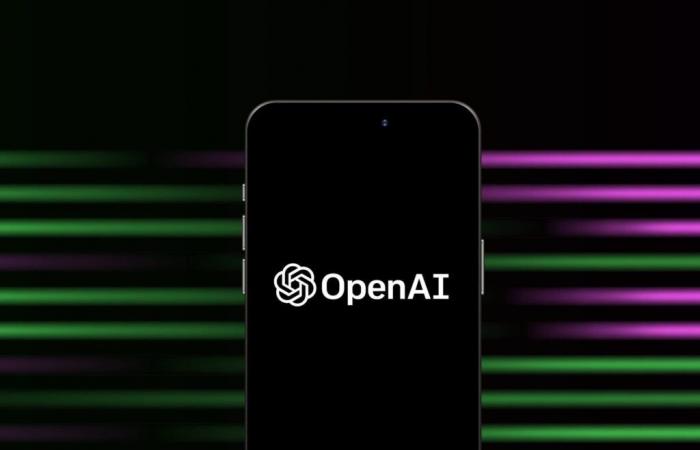
On the occasion of the opening of its office in Paris, OpenAI presented its vision of AI in the near future. Here’s what to expect.
Nine years after its launch in San Francisco, OpenAI is arriving in France. The start-up officially moved to Paris this Thursday, November 14 for its second office in Europe after the United Kingdom. On this occasion, several executives from the company were on an evangelizing mission to French companies and part of the press, including the JDN. The start-up presented its latest innovations in generative AI to us and drew up its roadmap for the coming months. New capabilities for o1 preview, development of autonomous agents, continued research into AGI, reduction in costs… Here is what to expect from the American AI giant.
The continuation of the quest towards AGI, open source in the background
This has been OpenAI’s primary mission since its creation: to achieve general artificial intelligence. This quest is articulated, in OpenAI’s communication, in an ambition to “serve the common good” by respecting the ethics and accessibility of AI to as many people as possible. To achieve this objective, research teams focus on frontier models, the most advanced and powerful AI models on the market. Proprietary models that stray from the company’s original open source vision.
“Our focus is essentially on the frontier of innovation, in a context where there are already excellent open-source models on the market. Although we would like to invest more in open-source in the long term, this does not “is not our current priority”, explains one of the spokespersons.
The final version of o1 “in the coming weeks”
To achieve AGI, the company is counting in particular on new reasoning models and its flagship o1 preview. The latter is based on the principle of chain of thought and test time compute. “Previously, with models like GPT-4, when you sent a prompt, the response was constructed in a linear and definitive manner, token by token. Improving performance mainly came about by increasing the size of search clusters and human resources. Today, with o1 preview, we have unlocked a new capability, still in its infancy, which allows us to combine larger models with increased output computing power”, recall our interlocutors.
The model still in preview today should be released in its final, complete version “in the coming weeks”. The model should ultimately support the majority of tools already supported by GPT-4o useful to developers: structured output, function calling, etc. Finally, OpenAI plans to push o1’s reasoning even further: “Today, o1 takes a minute to thinking about a task, one can imagine that such a model, when faced with very complex tasks requiring the exploration of thousands of possibilities and extensive reasoning, could take several minutes to think about it.
At the same time, OpenAI should continue its work in multimodality around GPT-4o to make it even more natural and fluid to use. The goal is to provide consistency and better interoperability between reasoning models and multimodal ones.
2025: the year of agents
OpenAI is sure, 2025 will be the year of AI agents. OpenAI’s entire agentic strategy is based around o1. OpenAI researchers believe that the reasoning put forward by o1 was the missing brick to enable the development of truly autonomous and reliable agents. “Before, people made interesting demos of agents, but it was difficult to deploy them in production because you couldn’t have complete confidence in their ability to make the right decisions at the right time,” explains a spokesperson of the company.
The Californian AI gem imagines more proactive agents, capable of acting autonomously on behalf of users. “We could imagine waking up in the morning and discovering that our emails have already been sorted, our calendar organized, certain appointments moved, simply because the intelligent agent will have been proactive, knowing our preferences and our data”, further illustrates our interlocutor.
The fall in costs will continue
Finally OpenAI also wishes to continue its strategy of aggressive cost reduction for its customers. The company managed to reduce the cost per token by 99% in just two years. This reduction is based on two main levers: the optimization of models allowing more intelligence to be obtained in similar or equivalent sizes, and economies of scale thanks to the 3 million developers and 250 million active users.
To go further, the company will continue to deploy new optimization solutions. The “batch API” already allows 50% savings by scheduling tasks during GPU off-peak hours. OpenAI also offers discounts tailored to usage volumes on a case-by-case basis with its direct customers.
On its Sora video generation tool, OpenAI remains cautious. The model, still in research preview, continues to evolve but no launch date has been communicated. The team works closely with studios and red teamers to ensure the model is ready for all use cases. “What is certain is that the investment in Sora continues. The team continues to improve the model.”
The Paris office, which will soon recruit in all professions, from engineering to research, will serve as a hub for continental Europe. A future Brussels office will be dedicated to lobbying European authorities.





